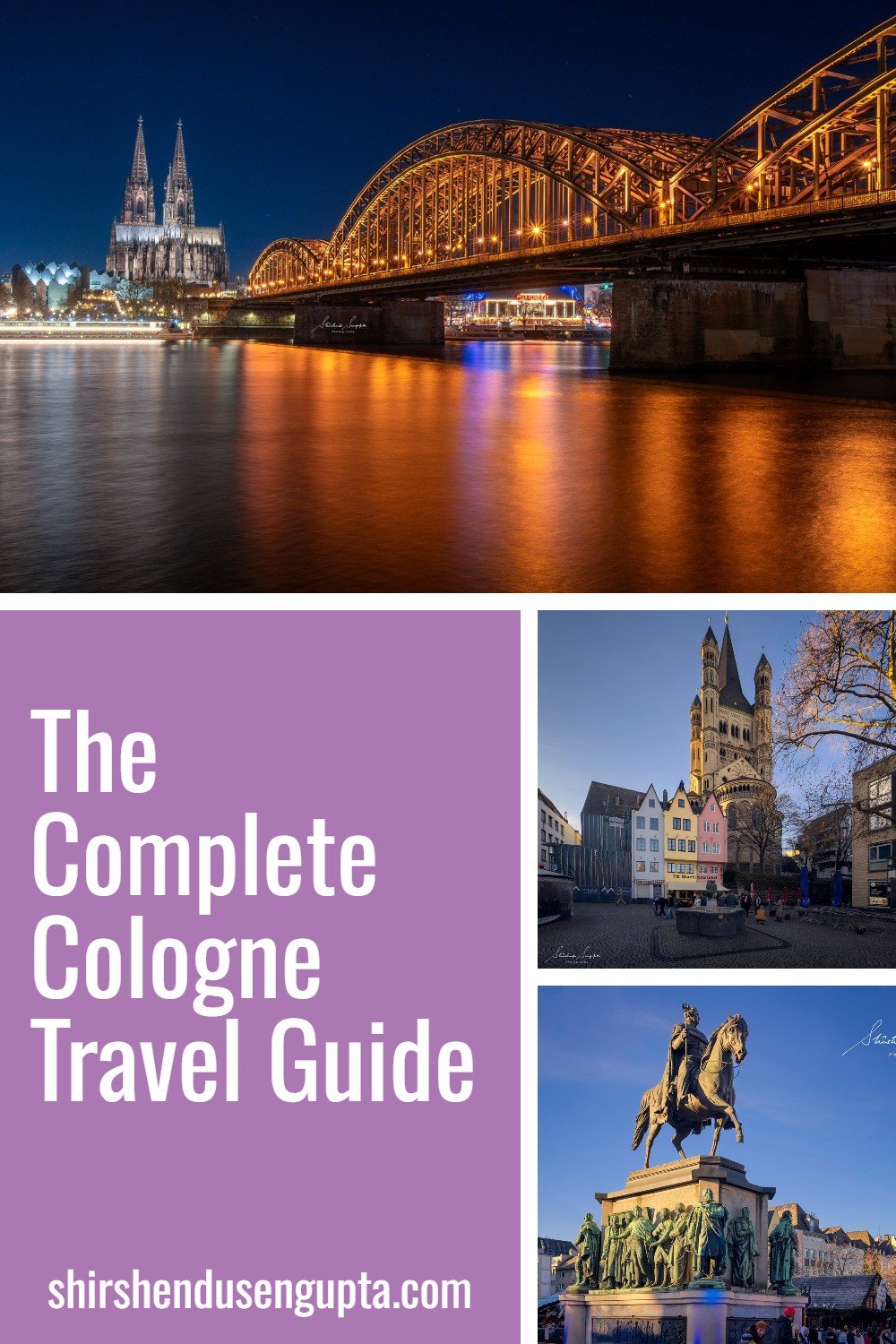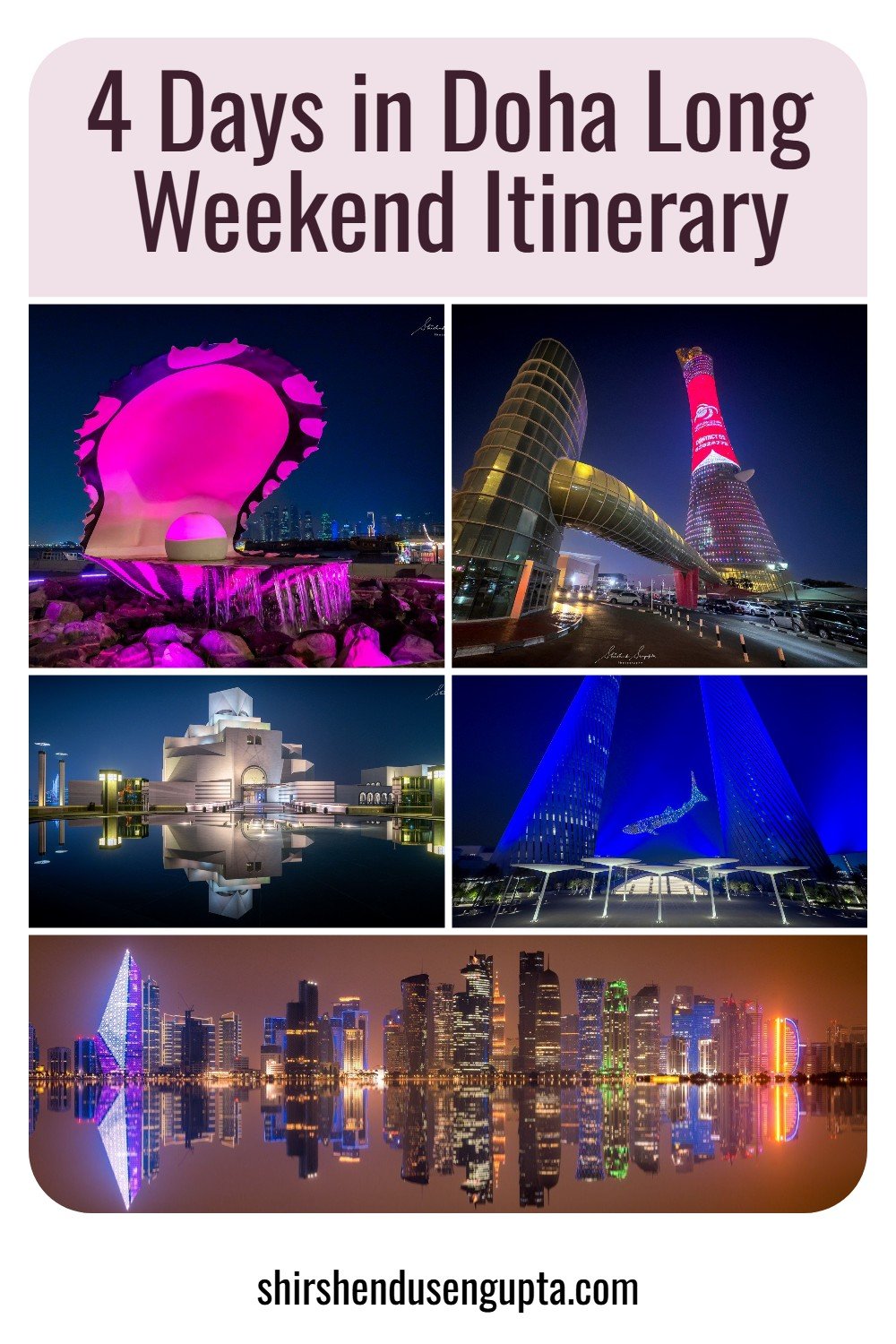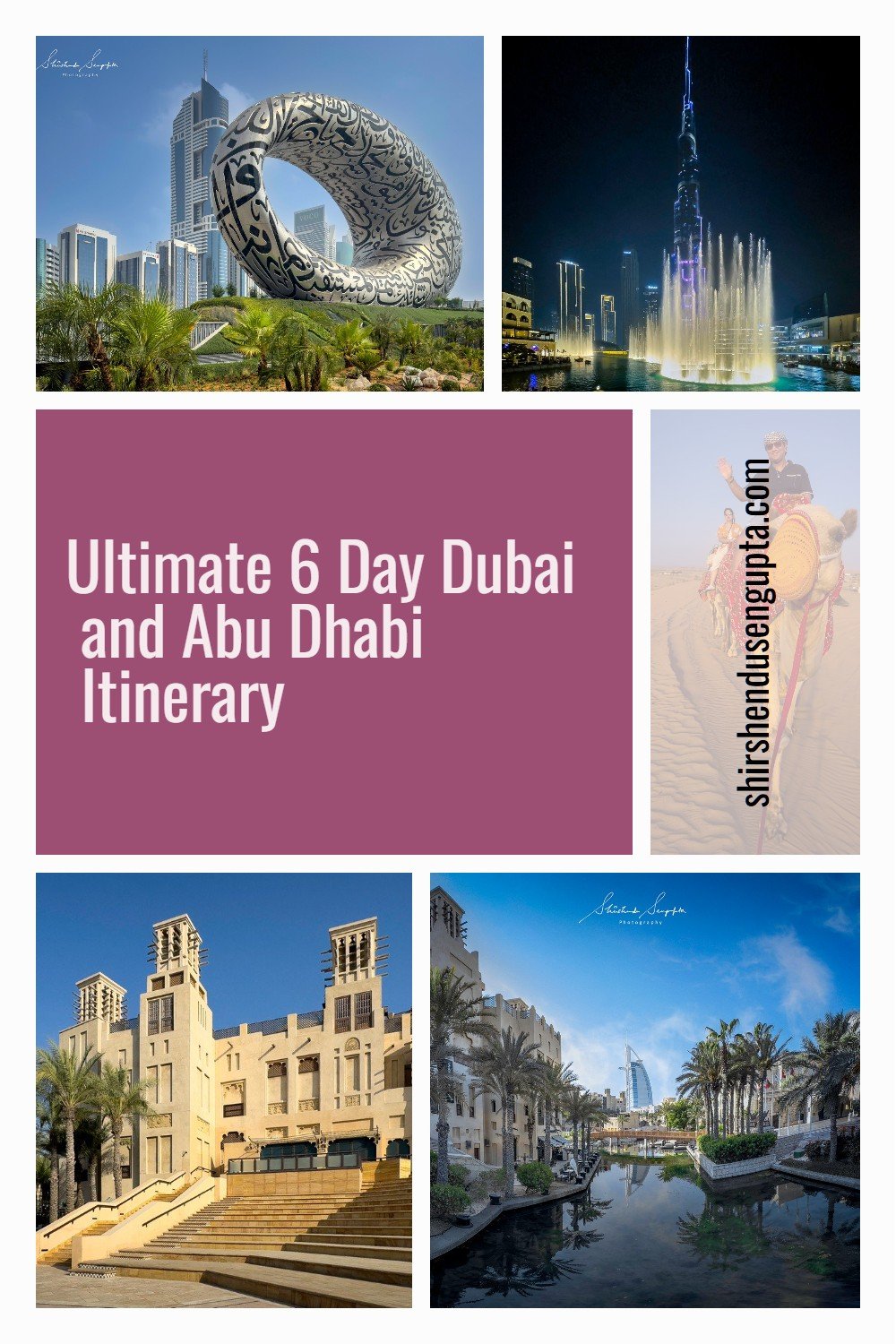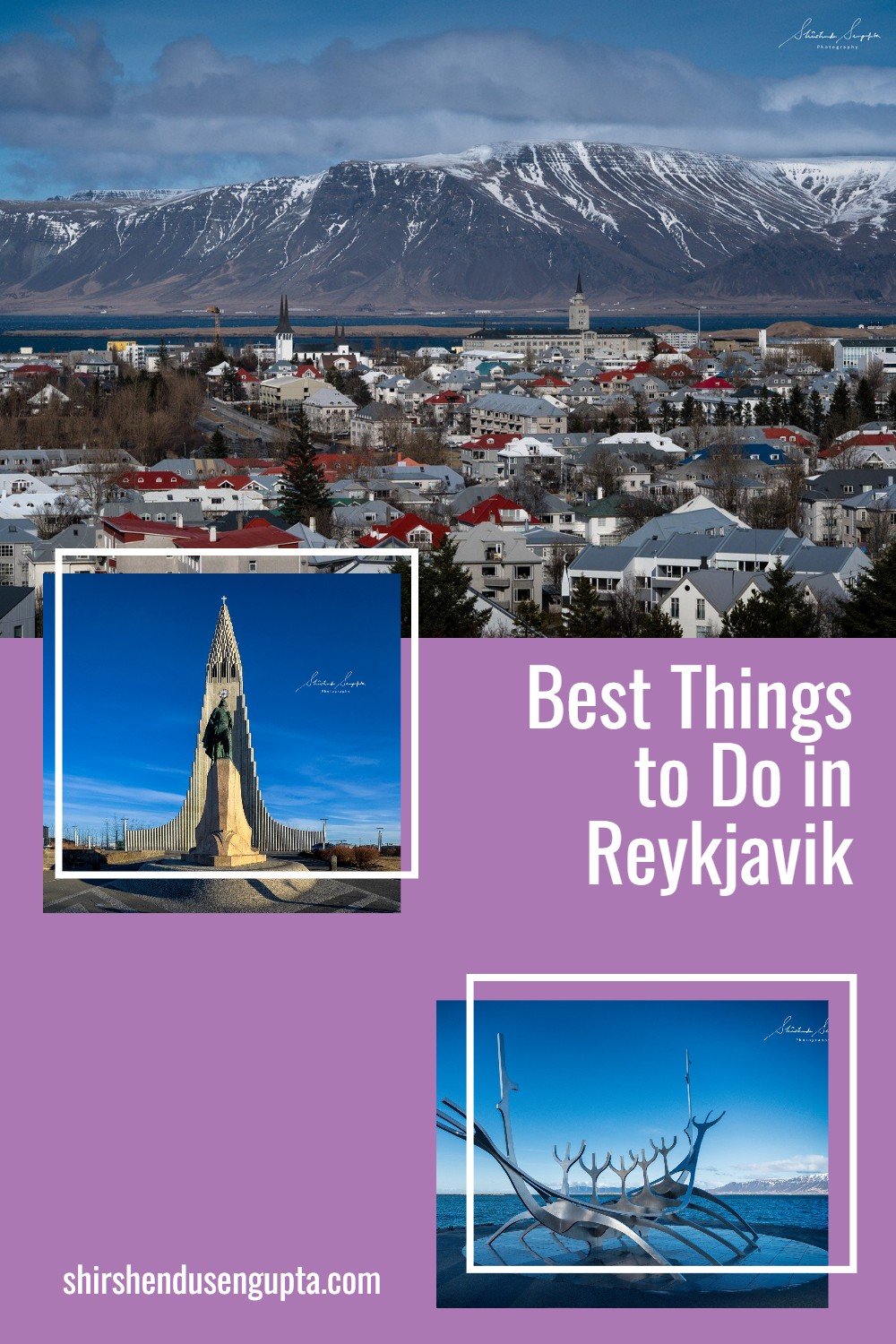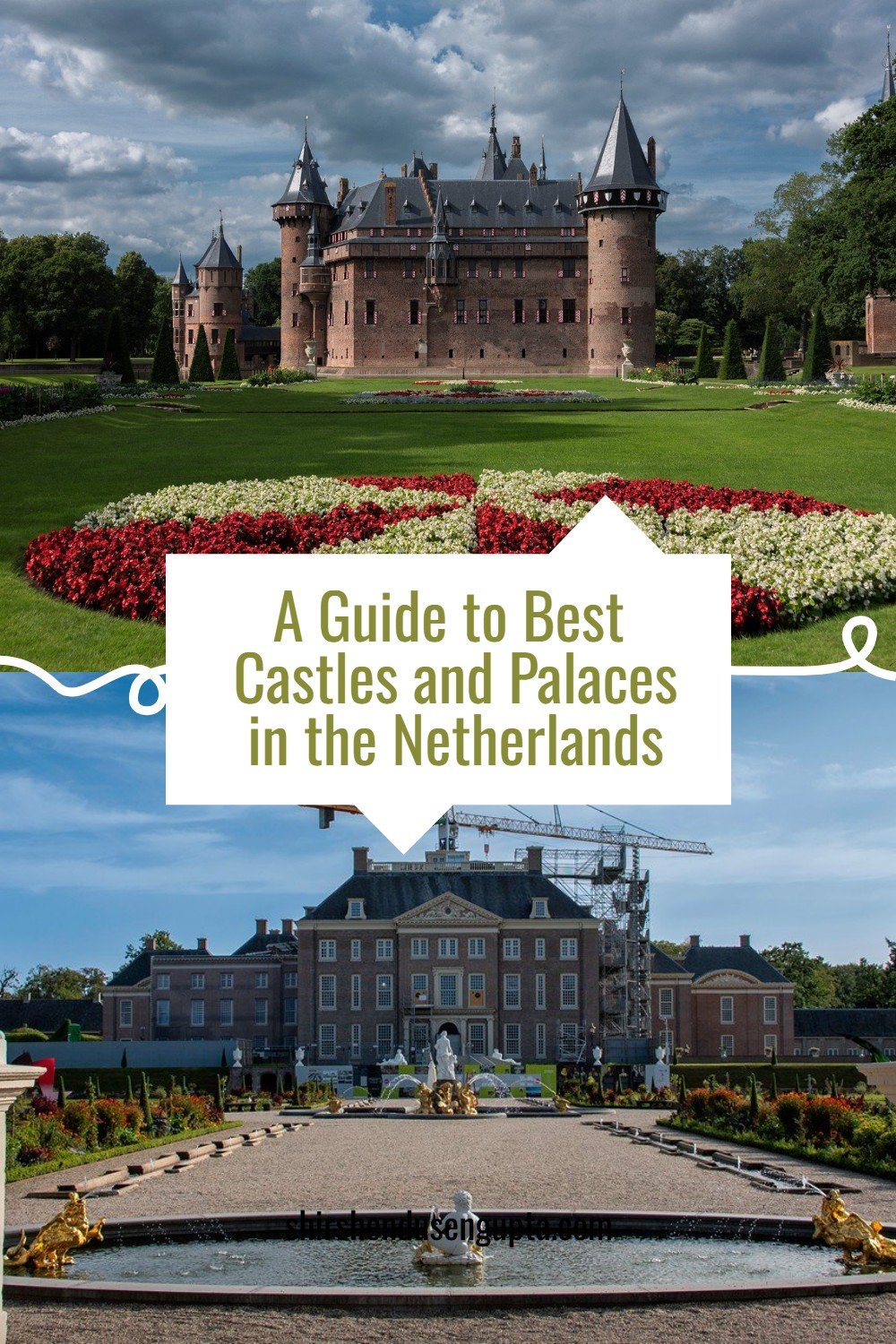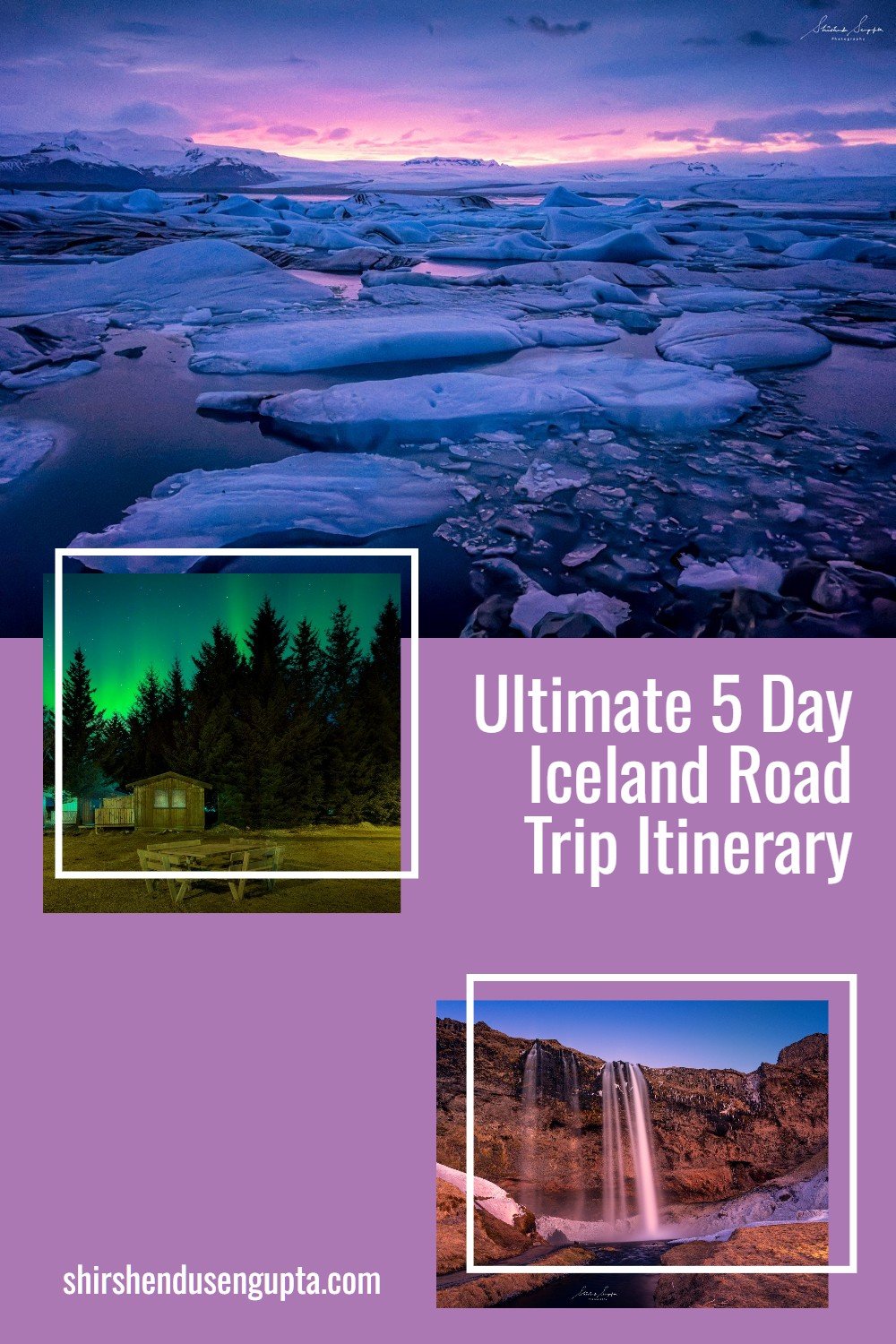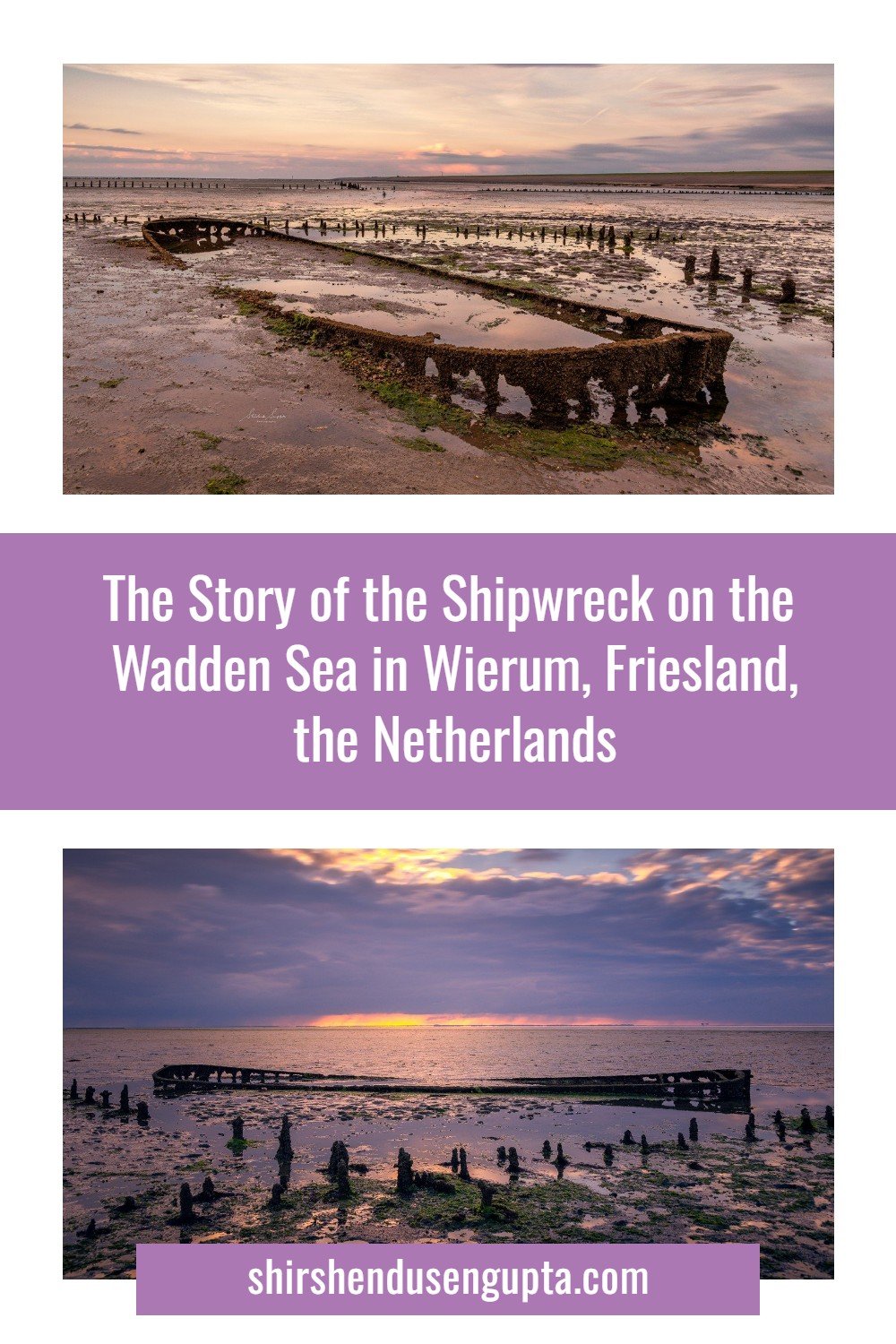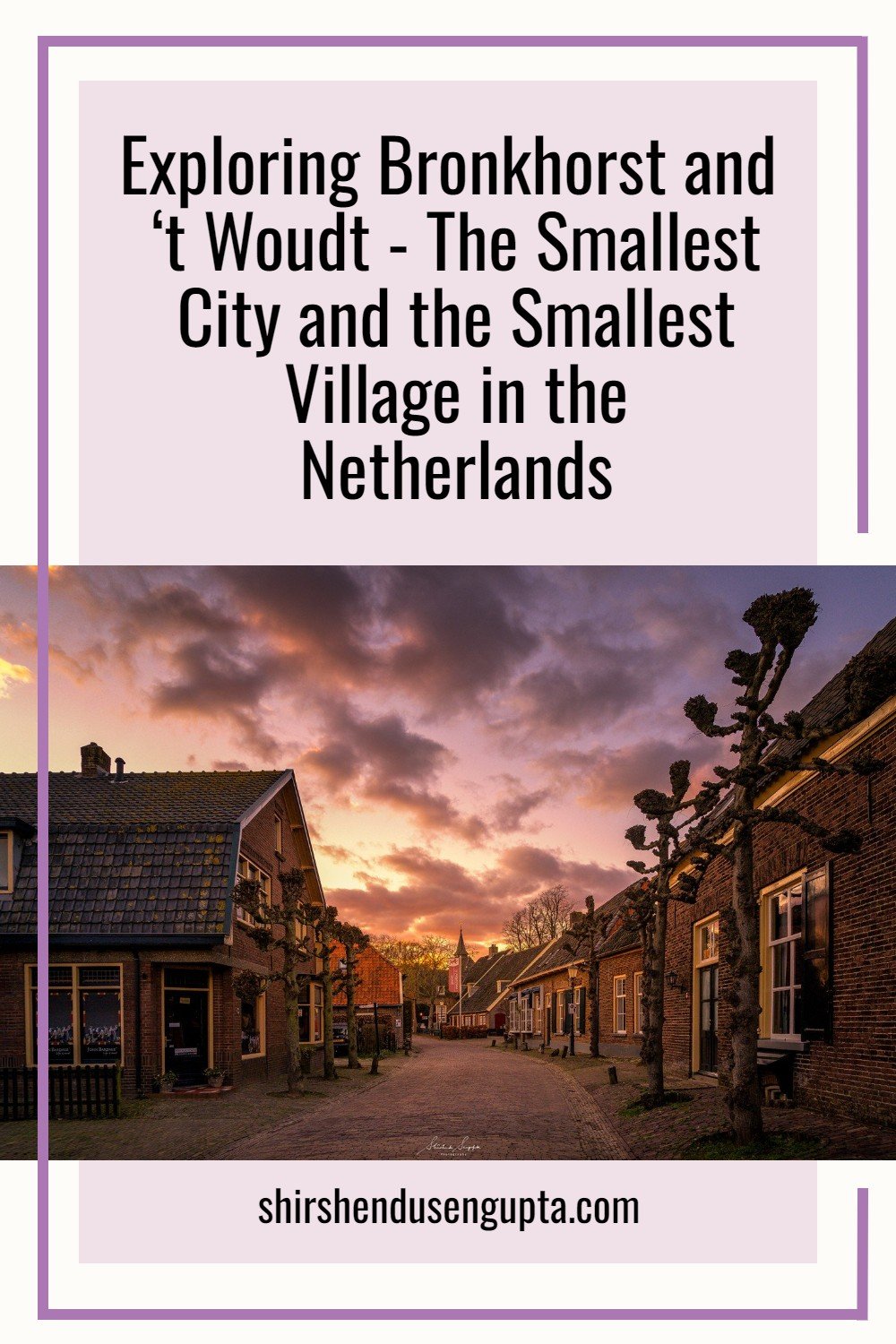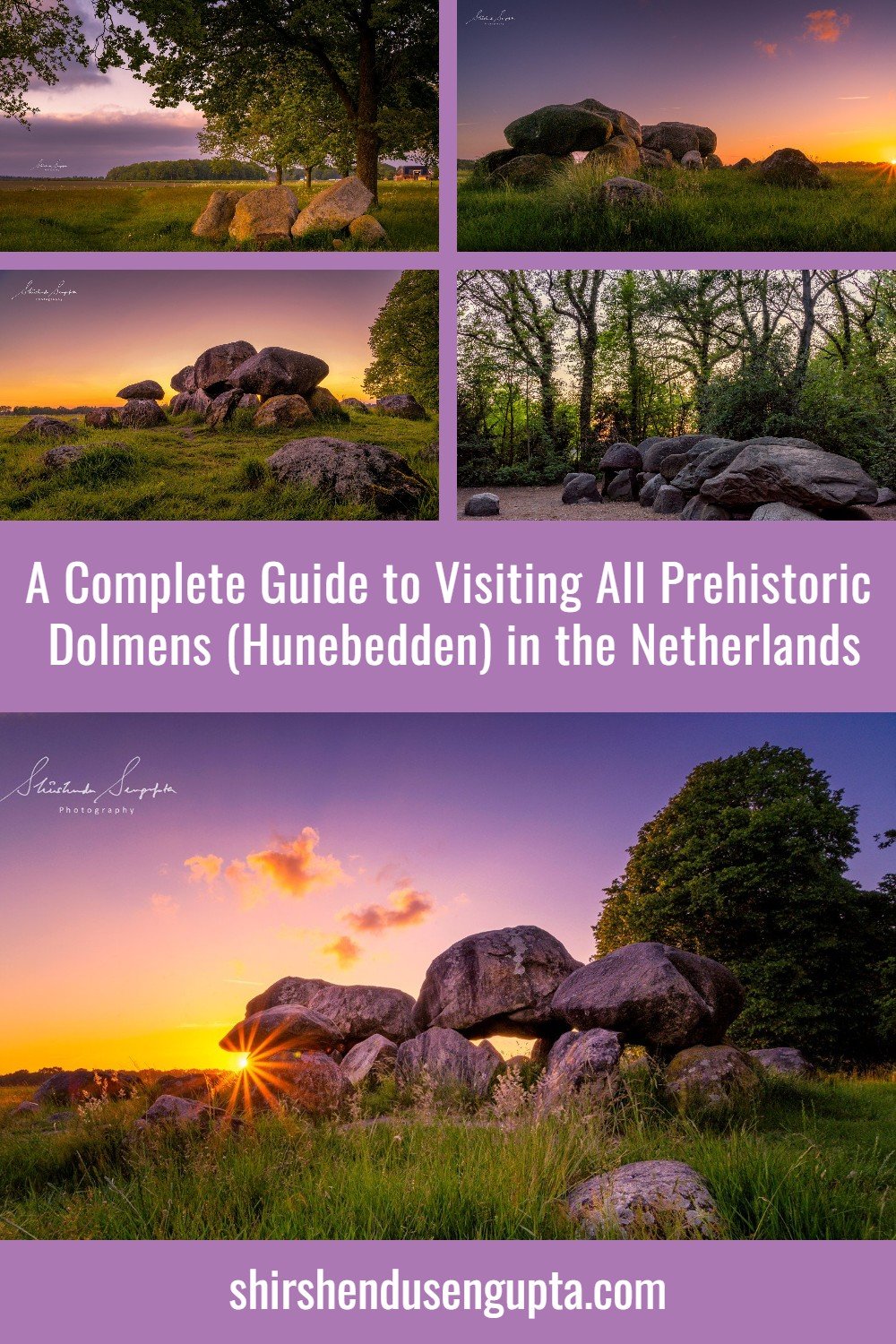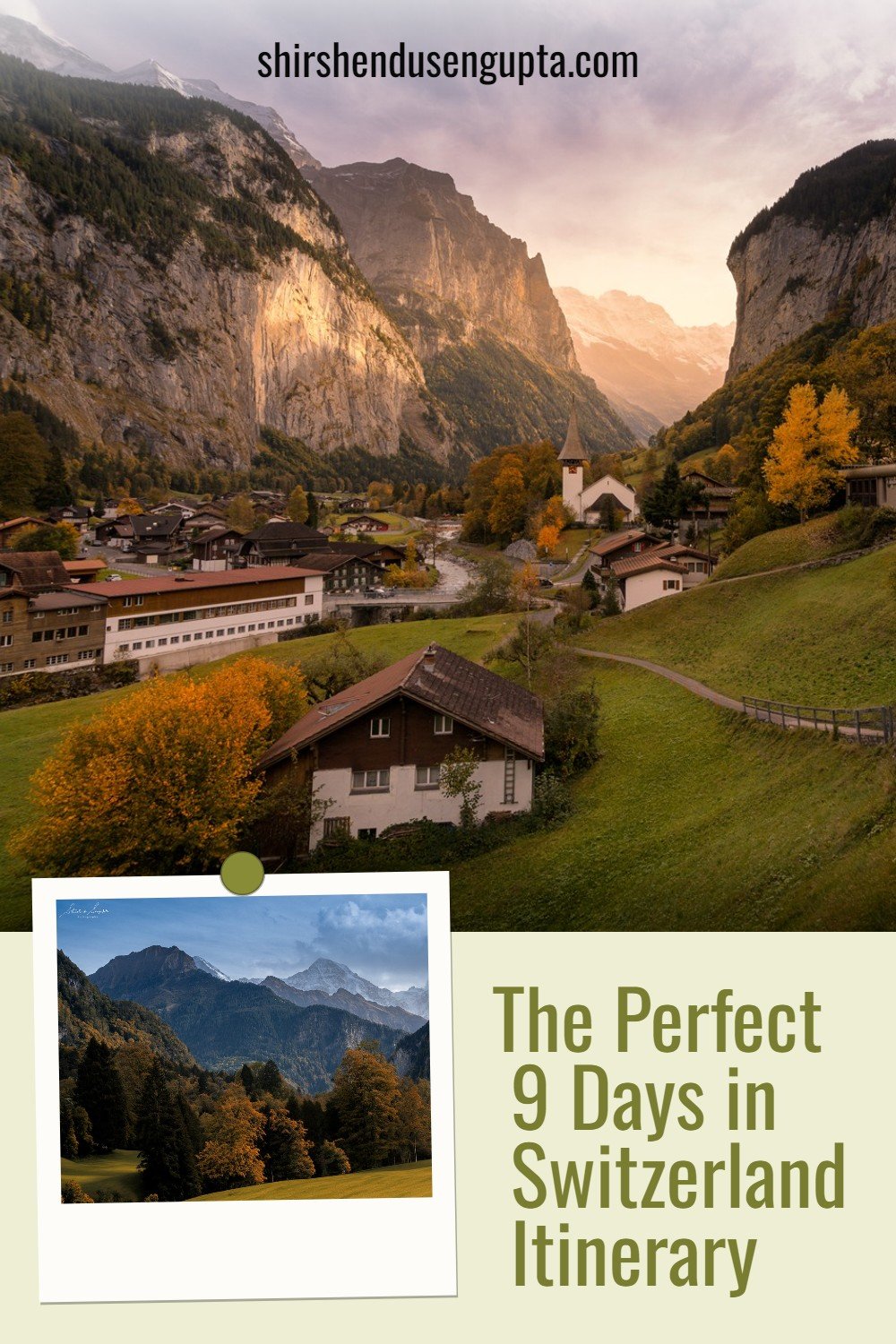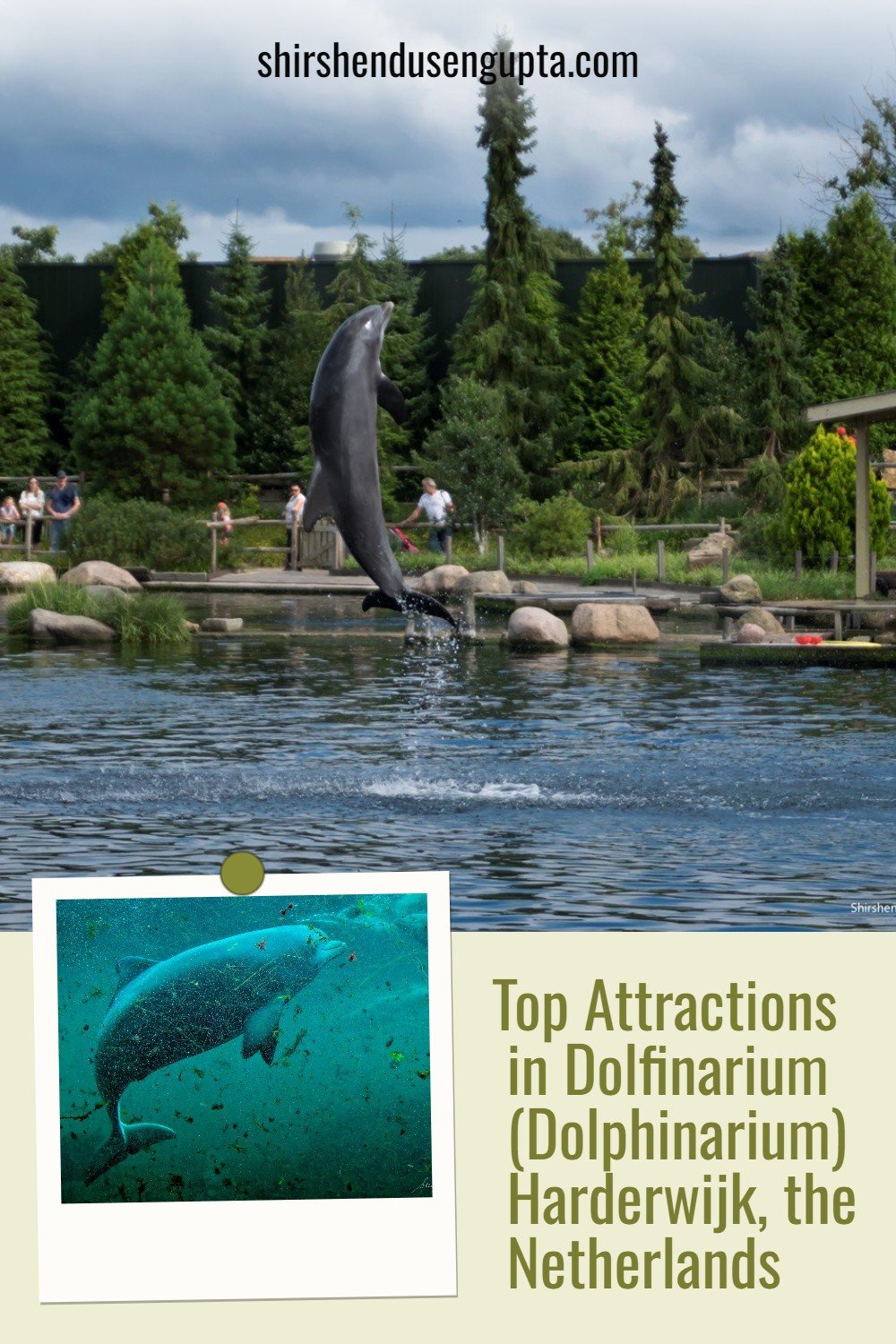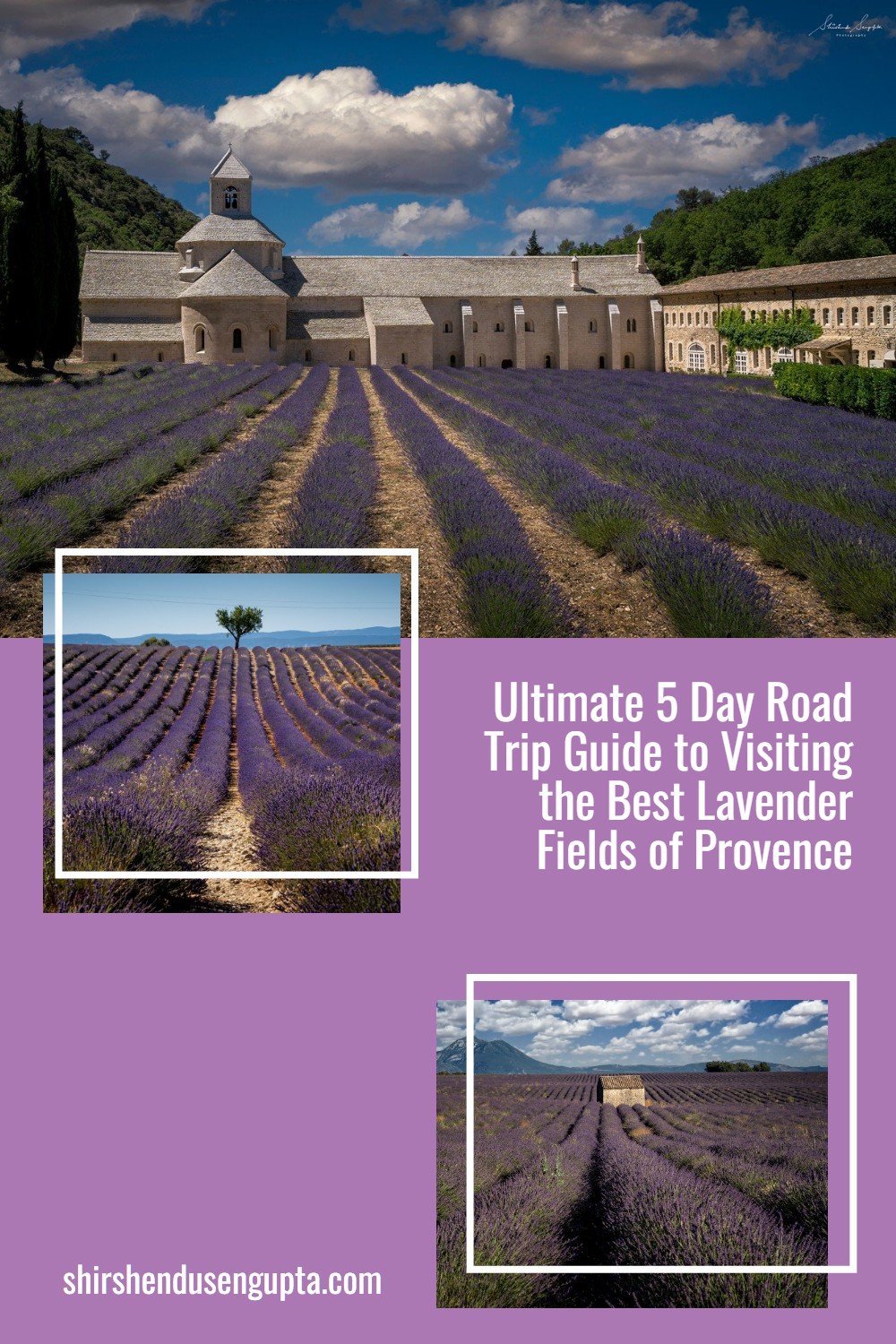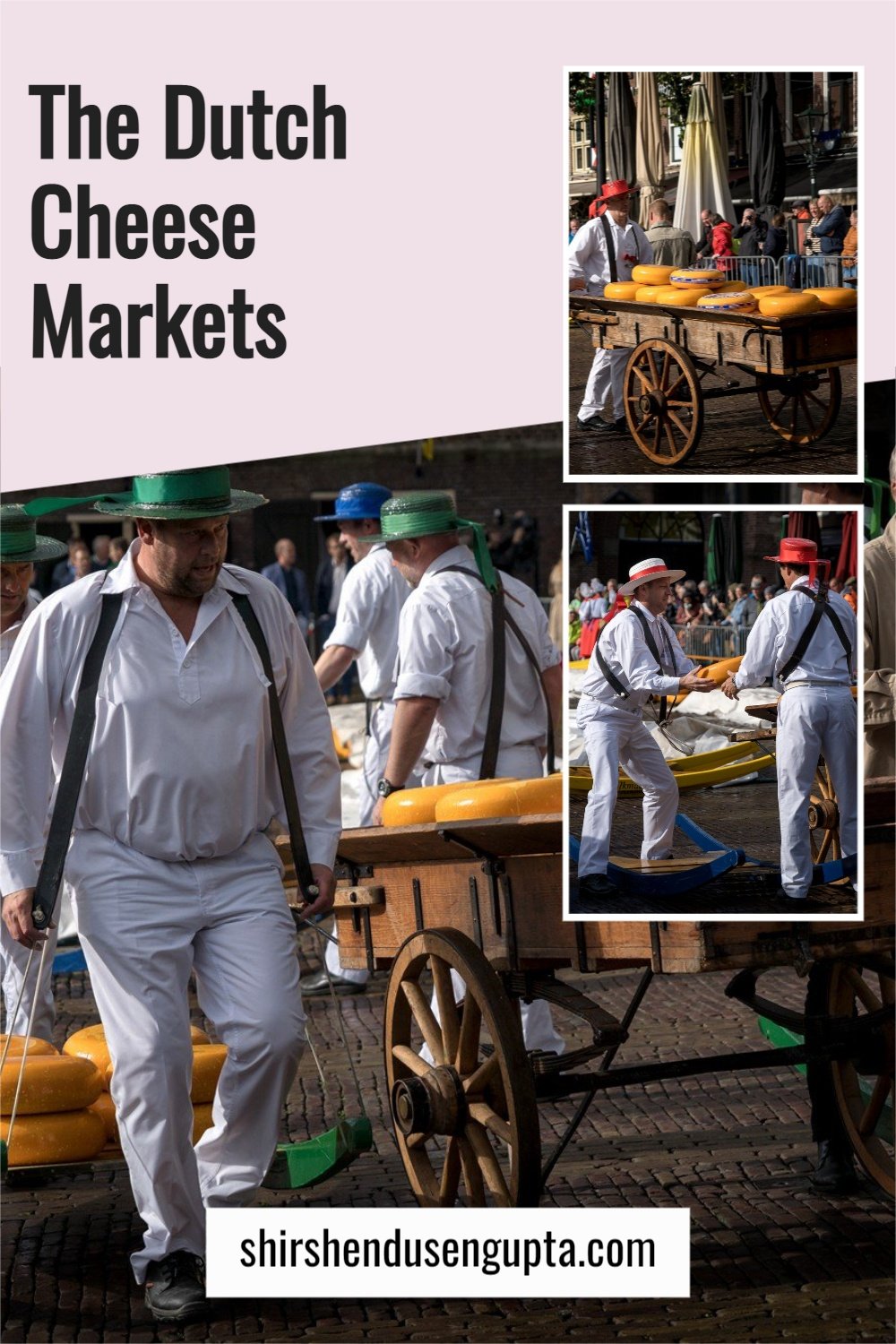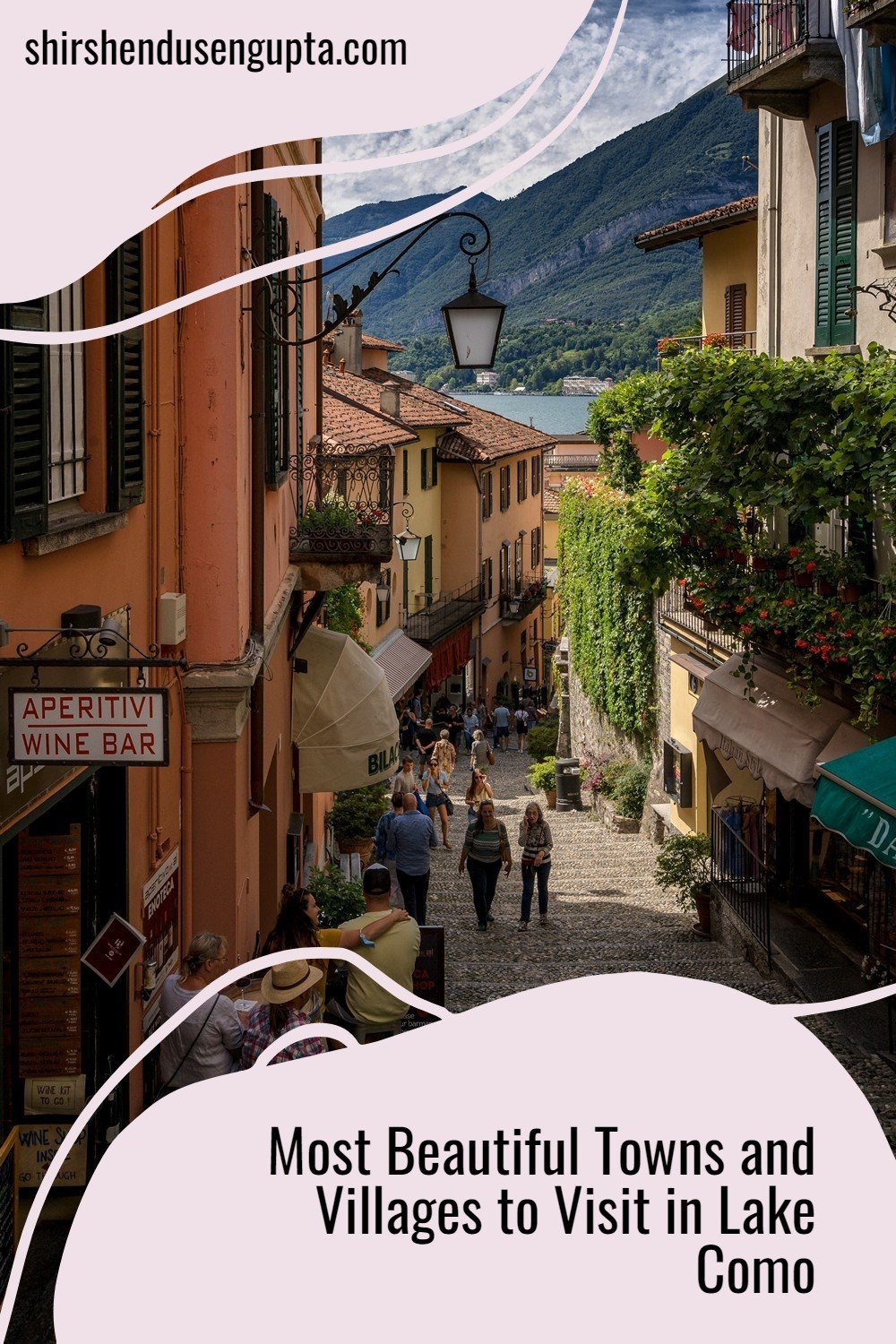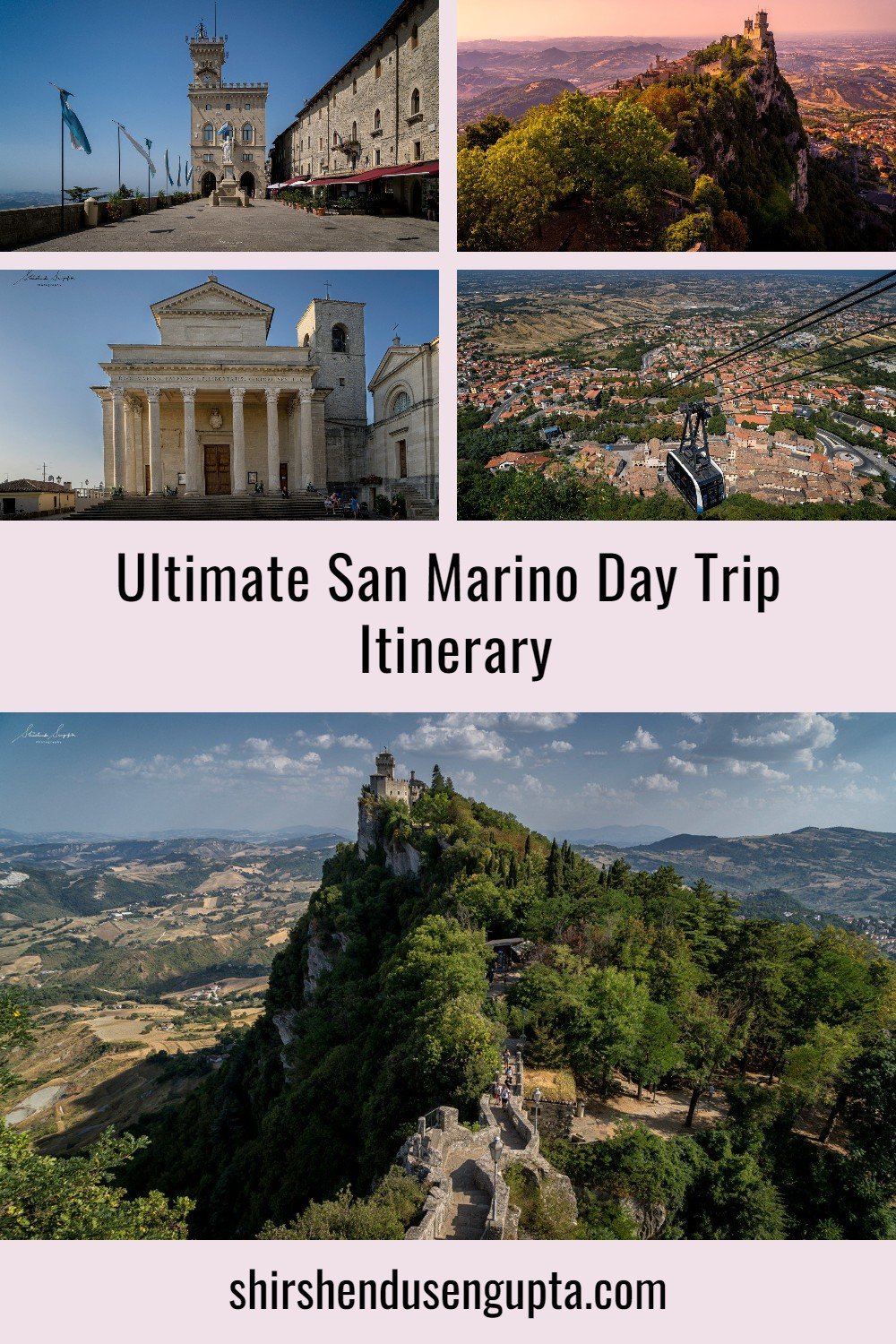Ultimate San Marino Day Trip Itinerary | 10 Best Places to Visit and Things To Do in San Marino in One Day | Top 10 Tourist Attractions to Visit in San Marino on a Day Trip
Prologue
During a sun-soaked summer, we set off on a marathon road run, A Summer Escape to Northern-Central Italy and San Marino | A 6000 km Road Trip across Milan, Tuscany, Florence, Pisa, San Marino, and Como from the Netherlands | Travel Itinerary, Tips, and Tricks. From bustling city streets of Milan to charming Tuscan villages, historic Florence, iconic Pisa, the tiny republic of San Marino, and the picturesque towns along Lake Como, every stop offered new adventures, stunning landscapes, and unforgettable experiences. This journey holds a truly special place in our hearts, filled with moments that captured the joy of exploration and the magic of summer travel. So, based on our experience, today I’m going to take you along with me on a ride across the top 10 attractions that you must visit on a day trip to San Marino. Let the journey begin!
Welcome to San Marino
The Republic of San Marino situated on the slopes of Mount Titano 657 meters (2,156 feet) above sea level, northeast to the Apennine Mountains, is a European microstate landlocked by Italy on all sides, offering breathtaking views of the Adriatic coast. With a population of 33,562 and a land area of just over 61 sq. km, it is the third-smallest independent country in Europe after Vatican City and Monaco, the fifth-smallest country in the world, and until the independence of Nauru (1968), the smallest republic in the world. It is the lone survivor of the patchwork of sovereign states that made up the Italian peninsula before they were unified. The citizens of San Marino are referred to as Sammarinese.
San Marino comprises a few towns dotted around the mountain sides. The nation of San Marino has a capital city that bears the same name (City of San Marino, officially Città di San Marino) and is perched atop a mountain. A wall surrounds the capital, and three separate towers stare over the rest of the nation. In 2008, the area known as "San Marino: Historic Centre and Mount Titano" was added to the UNESCO World Heritage List. The towns that surround the capital are often less appealing and more industrialized.
A Brief History of San Marino
According to legend, Saint Marinus, a stonemason from the then-Roman island of Rab in Dalmatia (present day Croatia), climbed Mount Titano and started a small community of Christians in 301 AD who were being persecuted for their faith by the Emperor Diocletian laying the foundations of San Marino.
San Marino adopted the earliest surviving written constitution in 1600, thereby claiming to be the oldest sovereign state and oldest constitutional republic. It is the only republican constitution written in Latin that is still enforceable. Through a series of luck, San Marino was able to maintain its independence during the turbulent period that began with the French Revolution. First, during Napoleon Bonaparte's Italian campaign, a Sammarinese politician made a friend of him but prudently turned down his requests for more territory. Later, the tiny republic provided asylum to other Italian Republicans, including Garibaldi, which inclined him to accept Sammarinese wishes to maintain their independence. San Marino also granted honorary citizenship to Abraham Lincoln, and as a result, the Great Emancipator praised San Marino's established republican institutions and cited them as a model for the United States and the rest of the globe.
San Marino, like Andorra, is one of the few diarchies in the world. Its constitution mandates its democratically elected legislature, the Grand and General Council to elect two heads of state, known as captains regent, who hold office concurrently and with equal authority for a period of six months. This custom, which dates back to 1243, is a holdover from the Roman Republic. Before 1972, women were not permitted to hold this position.
The foreign policy of San Marino is aligned with that of Italy. Like Switzerland, San Marino is steadfastly devoted to neutrality and enjoys good ties with practically every nation in the world. The bulk of San Marino’s economy depends on the financial sector, industry, services, retail, and tourism. With a GDP per capita that is similar to the most developed European regions, it is one of the richest nations in the world. In the first-ever World Health Organisation analysis of global health systems, its healthcare system came in third place.
San Marino Day Trip Itinerary
1. Arrive at the City of San Marino (Old Town) by the Funivia (Cable Car) di San Marino
San Marino is not a member of the European Union and the European Economic Area. If you plan to travel to San Marino by train or flight, the nearest railway station, and airport is in the Italian city of Rimini, 10 km away from San Marino. After that, you have to enter San Marino via bus #72 which leaves every hour from the opposite side of the railway station in Rimini or by car over its open border with Italy. If you plan to arrive by car, the best thing to do is to park the car at ‘Funivia, Borgo Maggiore (Campo della Fiera), Piazzale Campo della Fiera, 10, 47893 Valdragone, San Marino’ under the cable car station and then take the cable car to the top of Mount Titano to arrive at the capital City of San Marino. And if you plan to stay in San Marino for longer than 10 days, you will require a government permit.
San Marino's Funivia is a scenic experience in and of itself while being built with the very practical goal of getting people from the lower Borgo to the higher Citta quickly and conveniently. A 200-kilometer stretch of the Adriatic coast, bird's-eye views of tiled rooftops, and expansive vistas of rolling green hills and farmland may all be seen on the journey up Mount Titano's slopes to San Marino's historical center. Naturally, you'll also save a tonne of steps and time. Starting at 7:50 in the morning, cars depart from either station at intervals of 15 minutes.
2. Start with visiting the Rocca Guaita (Guaita Fortress) - First Tower
Three fortresses are perched atop Mount Titano's high ridge that are connected by the ‘Passo delle Streghe,’ also known as the ‘Witches' Passage.’ The City of San Marino (Old Town), which is located at the base of its walls and is lined with stalls offering refreshments, trinkets, and souvenirs, gives the mountaintop the appearance of a carnival. The three towers along with the Old Town below are part of a UNESCO World Heritage Site and are shown on the San Marino flag and coat of arms.
The Guaita Tower (First Tower) dating back to the 11th century underwent several renovations and expansions until reaching its pinnacle of grandeur in the 15th century, during San Marino's final conflict with the Malatesta family. The Guardia di Rocca (the Guard) picked the Guaita (literally meaning “to guard”) Tower as their headquarters in 1754, and it was used as a jail until 1975. The sweeping views of the surrounding countryside from the tower's lofty vantage point make it well worth the effort to climb to this location.
View of Rocca Guaita (First Tower) from Rocca Cesta (Second Tower)
View of Rocca Guaita (First Tower) from Rocca Cesta (Second Tower)
View of Rocca Guaita (First Tower) while climbing via the ‘Witches' Passage’
View of Rocca Guaita (First Tower) upon reaching
3. Follow the ‘Witches’ Passage’ to Rocca Cesta (Cesta Fortress) or Falesia - Second Tower
The highest of San Marino's three towers, Cesta Tower (Second Tower) dates back to the 13th century, and offers breathtaking views that extend to the Apennines in the northwest, to the coast at Rimini in the east, and, on a clear day, over the Adriatic to Croatia's Dalmatian Coast. Today it houses the ‘Museum of Ancient Arms’ where numerous swords, knives, and crossbows, as well as early firearms and some strange experiments, such as a dagger-gun from 1730, are displayed.
View of Rocca Cesta (Second Tower) from Rocca Guaita (First Tower)
Climbing down from Rocca Guaita (First Tower) to Rocca Cesta (Second Tower) via the ‘Witches' Passage’
View of Rocca Cesta (Second Tower) upon reaching
4. Trek to the Torre del Montale - Third Tower
On Mount Titano, the Torre del Montale (Third Tower) was constructed sometime in the 13th century. It was a guard post over stone trenches that no longer exist. Today the tower is sadly no more open to the public.
5. Visit the Palazzo Pubblico and Piazza della Liberta
The Neo-Gothic Government House (Palazzo Pubblico) which houses San Marino’s government and parliament was designed by Francesco Azzurri and constructed from stone quarried on Mount Titano in the late 1800s. A stairway inside leads to the Council Hall on the top floor, and the facade is embellished with the coats of arms of the Republic and its four municipalities.
Liberty Square, also known as Piazza della Libertà in front of the Palazzo Pubblico, houses the Statue of Liberty. She is a warrior-like figure carved in white Carrara marble who is marching triumphantly in the direction of the viewer while holding out one hand. On her crown, the three towers represent San Marino’s three fortresses. In 1876, the statue was given to the Republic as a representation of liberty. The Guardia di Rocca routinely change guard in a festive ceremony throughout the day, making Piazza della Liberta one of the most visited locations in San Marino. Their attire, which consists of a dark green double-breasted jacket with white braid, red pants with a green stripe, hats with red pompoms, and white gaiters, ensures that everyone gets fantastic pictures of the occasion.
6. Marvel at the Basilica di San Marino
Basilica di San Marino was built in Neo-classical style on the remains of a Romanesque church dedicated to San Marino (St. Marinus) that was built in the 4th century and abandoned in the early 19th century. The interior is decorated in a traditional basilica style, with a central nave and two side aisles flanked by seven altars that are noteworthy for their artwork and statuary. Tadolini's sculpture of St. Marinus is displayed on the high altar, and the saint's remains are kept in an urn.
7. Enjoy the view from Passo delle Streghe or Witches' Passage
Old stone benches dot the main path ‘Passo delle Streghe’ or ‘Witches' Passage’ that connects the towers, providing a perfect place to relax while taking in the views from Mount Titano situated at an elevation of 750m above sea level.
8. Visit the Museums
Even though the City of San Marino is small, there is still a lot going on in the world of museums, so anyone who enjoys taking a stroll through an exhibition won't be let down. The museums in San Marino are listed below. Try to pick a couple according to your interests for a day excursion.
Museo di Stato (National Museum) - Exhibits artifacts dating from the Neolithic to the Etruscan and Roman eras
Museum of Agricultural Culture and Traditions - Features archaeological artifacts depicting rural customs and traditions
Museum of Curiosities - Displays an assortment of strange items, including 60-centimeter-tall wooden clogs made to be worn in Venice during high tides, the longest fingernails ever recorded, a mousetrap from the 1700s made in Germany, a flea trap from the 17th century, a hand-pumped shower from the 17th century, a "nose watch" that releases a different scent every hour, silver covers for Chinese Mandarins' long fingernails, etc.
Ferrari Museum - Showcases cars of Enzo Ferrari and Carlo Abarth
Wax Museum - Displays 100 wax replicas of important historical personalities
Torture Instruments Museum - Exhibits a variety of tools designed to harm heretics and other people
Coin and Stamp Museum - Displays San Marino coins and stamps. San Marino has kept producing limited edition gold coins for collectors ever since adopting the Euro. These are only accepted as payment within San Marino.
San Francisco's Convent and Art Gallery - Displays collections of paintings from the 16th century, including pieces by Raphael, Guercino, and Gerolamo
9. Go shopping in the maze of streets of the Old Town
With the historic center of San Marino teeming with shops selling pottery, clothing, accessories, electronics, and jewelry, San Marino has something to offer for every budget, including many products that are tax-free. So go crazy if you have the time and the money left in your pockets!
10. Dine in a restaurant in the Old Town
The experience of dining beneath the turrets of a medieval tower while gazing out over the landscape and experiencing a sense of hovering between the ground and the sky is very unique. That is what it is like to eat at one of San Marino's fine restaurants.
Italy, which borders San Marino, has had a significant influence on both its culture and food. The residents of San Marino take great pleasure in consuming various sorts of meat, including rabbit, pork, and beef. As a result, their regional food has a distinctive flavor. San Marino is also renowned for producing excellent red and white wines. You can sample a wide range of these delectable wines while enjoying the country's best restaurants and nightlife!
Visiting San Marino
Best Time to Visit:
The best time to visit San Marino is during the spring (April to June) and early fall (September to October). These months offer mild weather and fewer crowds, making it ideal for exploring the historic sites and enjoying the panoramic views. However, like us, if you can travel only during the school holidays you can choose to travel to San Marino in the summer (July to August) but it can be quite hot and very crowded.
Number of Days to Stay:
A stay of 1 to 2 days is sufficient to explore San Marino. The microstate is compact, and you can visit its key attractions within this timeframe.
Best Place to Stay:
Most visitors choose to stay in or near the Old Town of San Marino for its medieval charm and proximity to major attractions. Popular accommodations include Hotel Titano and Grand Hotel San Marino, which offer scenic views and comfortable stays. For a more budget-friendly option, there are guesthouses and smaller hotels in nearby areas. We did a day trip to San Marino from Siena and hence did not stay overnight.
Best Way to Arrive:
San Marino doesn’t have its own airport, so the closest one is Federico Fellini International Airport in Rimini, Italy, about 25 km (15 miles) away. From Rimini, you can take a bus directly to San Marino. Alternatively, you can drive from other major Italian cities like Bologna or Florence. Trains and buses connect to Rimini, making it a good starting point. We drove into San Marino from Siena.
Best Local Mode of Conveyance:
Walking is the best way to explore San Marino's Old Town, as its narrow, cobblestone streets are pedestrian-friendly. Public buses operate within the microstate, connecting different areas. If you’re arriving by car, parking facilities are available at the foothills from where you can leave your car and take the cable car to visit the clifftop historic center.
Epilogue
So that brings us to the end of our San Marino day trip itinerary. Please let us know in the comments below if you enjoyed reading this article.
And if you want to read the day-by-day account of our 6000 km road run across Northern-Central Italy during summer, please visit our article A Summer Escape to Northern-Central Italy and San Marino | A 6000 km Road Trip across Milan, Tuscany, Florence, Pisa, San Marino, and Como from the Netherlands | Travel Itinerary, Tips, and Tricks. Until then, merry traveling and happy shooting!
Pin the article
Bookmark the article for reading later!
Want to license/buy photos in the article?
License photos for commercial/editorial use or buy photo prints!
Want us to write an article for you?
Articles for magazines, newspapers, and websites!
Watch our Videos
Check out our videos on our Youtube Channel!
Join the Newsletter
Get updates on our latest articles!
We respect your privacy. Read our policy here.












